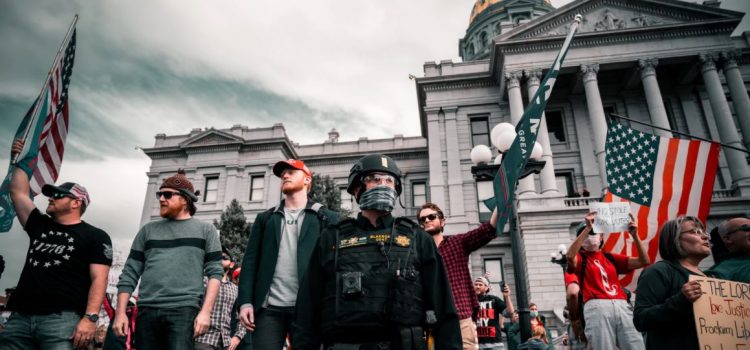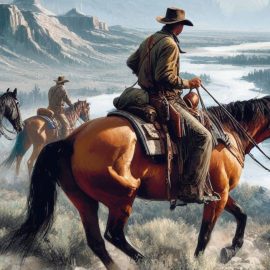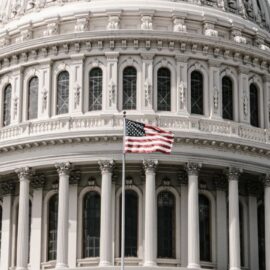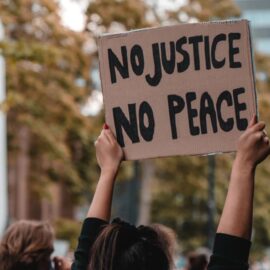

This article is an excerpt from the Shortform book guide to "Caste" by Isabel Wilkerson. Shortform has the world's best summaries and analyses of books you should be reading.
Like this article? Sign up for a free trial here .
Why did the rates of violence increase following the 2016 presidential election? How did the election of Donald Trump invoke white supremacism?
In her book Caste, Isabel Wilkerson discusses how the caste system in America led to violence after Donald Trump’s election. According to Wilkerson, many white Americans had been feeling threatened because people of color were gaining more recognition and the election of Trump gave them permission to act on their white supremacist beliefs.
Here’s what happened in the aftermath of the 2016 presidential election.
The Aftermath of the 2016 Election
According to Wilkerson, the mobilization of Trump’s of supporters was too great for Clinton to overcome. Donald Trump—and the return to upper-caste dominance that he symbolized—won the day. As a result, violence against those in the middle and lower castes spiked across the country. Ultimately, 2017 became one of the deadliest years in history, with an onslaught of mass shootings in public places, including schools, concerts, and churches. (Shortform note: Hate crimes spiked from 6,121 reported incidents in 2016 to 7,175 incidents reported in 2017. According to FBI data, the number has continued to hover above seven thousand every year since.)
Politically, Wilkerson believes the new president was polarizing Americans even further. Revelations about corruption by his administration came to light, and for the third time in history, the president was tried for impeachment. The Democrat-led House of Representatives voted to impeach, but the Republican-dominated Senate acquitted him. The president’s victory became a victory for his supporters and validated his behaviors to date. (Shortform note: In January 2021, the House of Representatives brought articles of impeachment against Trump for the second time, this time as a result of his support for the January 6th storming of the Capitol building. As before, the Republican-led Senate acquitted him.)
Wilkerson argues that perhaps the most telling evidence of the extreme division among Americans was the response to the coronavirus pandemic. The U.S. president used the virus to spread anti-Chinese sentiments and blamed the media for inflating the severity of the virus, going as far as calling it a hoax. In the end, the virus grew at a faster rate in the United States than in any other country, leaving several hundred thousand dead and millions infected. (Shortform note: The coronavirus pandemic disproportionately impacted Black, Latinx, and Asian communities, further contributing to racial division in the United States. Additionally, anti-Asian hate crimes rose 145% from 2019 to 2020, and one study found a direct link between Trump’s pandemic rhetoric and a surge of online anti-Asian hate speech.)
A Lack of Foresight
Today, many people feel shocked about the 2016 presidential election aftermath and about state of things in America. According to Wilkerson, the deep-seated sentiments of white supremacy and hate seemed to sprout overnight, but they were actually there the whole time under the surface. It took the toxic platform and behaviors of one man to thaw the landscape of progress enough to allow the poison to seep out. As a result, Americans are now unsure of what to do with the exposed hate and whether it’s even containable. (Shortform note: While many Americans were shocked about the surge of vocal racism after the 2016 election, that sense of surprise was not universal. In an interview, How to Be an Antiracist author Ibram X. Kendi argues that many people of color didn’t experience the same shock because they grew up enduring racist abuse and were well aware of the country’s racist undercurrent that many white Americans never recognized.)

———End of Preview———
Like what you just read? Read the rest of the world's best book summary and analysis of Isabel Wilkerson's "Caste" at Shortform .
Here's what you'll find in our full Caste summary :
- How a racial caste system exists in America today
- How caste systems around the world are detrimental to everyone
- How the infrastructure of the racial hierarchy can be traced back hundreds of years






